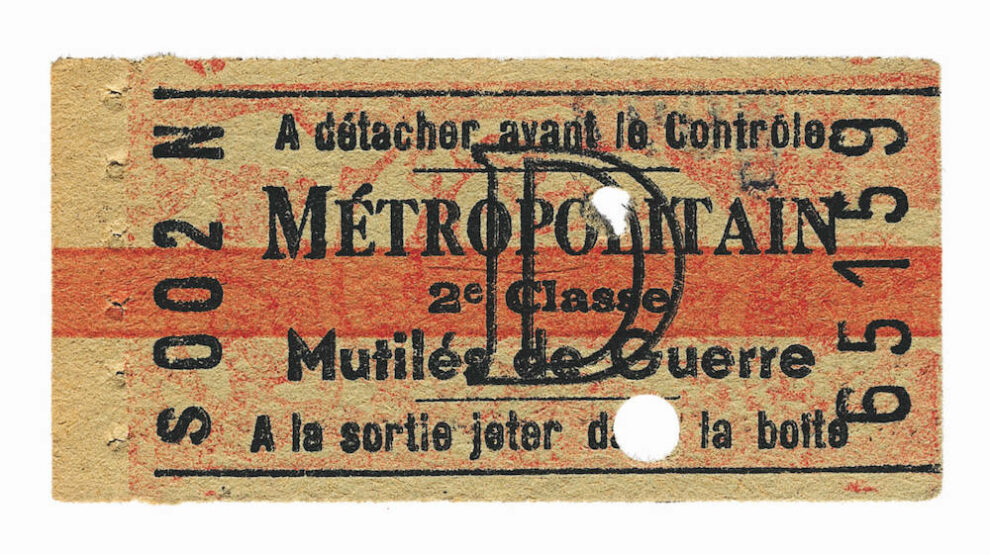Doomed to disappear in the digital age, the metro ticket is a most symbolic object, representative of technological progress and developments during the 20th century. Travel icon, inflation yardstick, source of creative inspiration… He deserved his little story !
The birth
It all started on July 19, 1900 at 1 p.m. In scorching heat (38°C), line 1 is inaugurated. It connects Porte Maillot to Porte de Vincennes in 30 minutes at 18 stations. However, it is with a certain indifference that this innovation will be presented in the middle of the Universal Exhibition. It must be said that Chicago, Berlin and even Budapest already had their underground network!
The brand new Paris Metropolitan Railway Company (CMP) offers 3 fares to its travelers: first class, second class, and a return ticket. Children under 4 years old do not pay “on the condition that they travel on the lap of the accompanying person”, and it was forbidden “to smoke and spit” inside the trains. Always useful to remember…
17 million passengers will be transported until the end of 1900. A success!
The Lilas puncher
Tickets are sold in each station by an office with a counter. Tickets then punched at the entrance to the platform where an agent is stationed, personnel who will be predominantly female during the war of 1914-1918. This system will last 75 years, and will inspire one of the most beautiful French songs!
The Lilas puncher, and the others, will gradually disappear with the invention of the magnetic strip ticket (1968) and the installation of turnstile composters (1973).
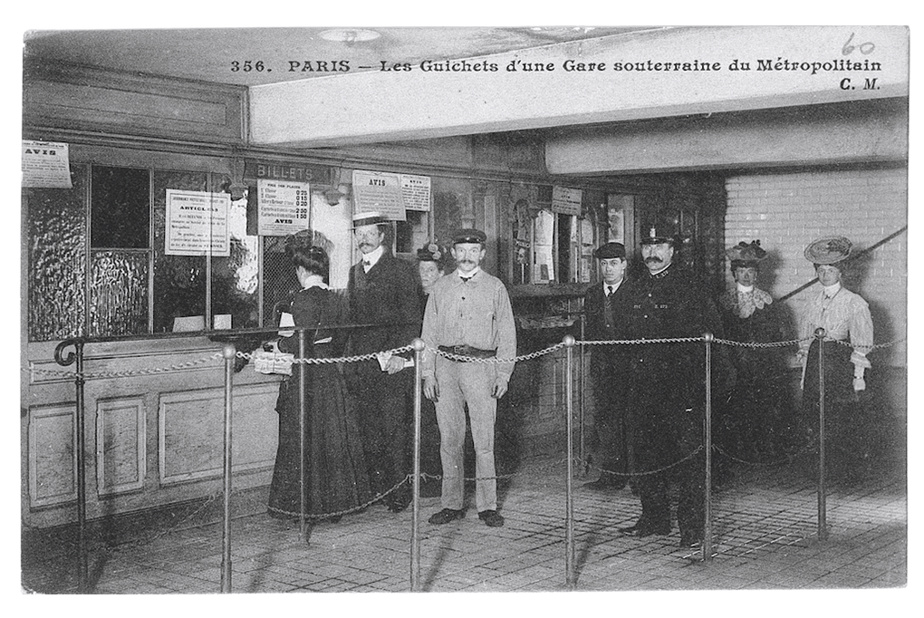
In 1906, a metro ticket gave access to more than 30km of lines (compared to 10km in 1900). A company has been granted a concession by the City of Paris for a new North-South axis, which is sorely lacking. The current line 12 was inaugurated at the end of 1910, the historic flood experienced that year having slowed down the work. The (well-named) North-South company charges the same prices as the CMP, and tickets are valid throughout the network. It will never achieve financial equilibrium and will be absorbed by the CMP in 1930.
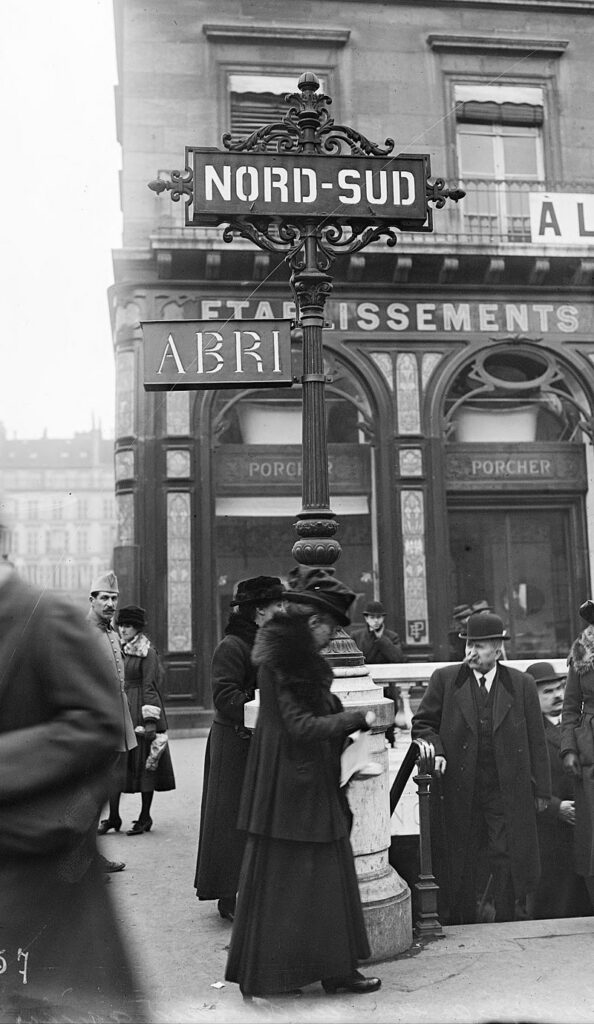
Ticket inflation
The first increase in the ticket will take place in 1919, after 19 years of existence. From this date, it will reproduce more and more frequently! The ticket then costs 20 cents, the first 30 cents, the round trip 25 cents. Its price will continue to increase…
During the 1937 International Exhibition in Paris, the symbolic threshold of 1 franc was reached (2nd class). But the lighting of the stations is improving, some are equipped with telephone booths, and attendance is at a new record with 850,000,000 travelers. A distribution that will give ideas to advertisers… The advertisements will disappear in the 1950s.
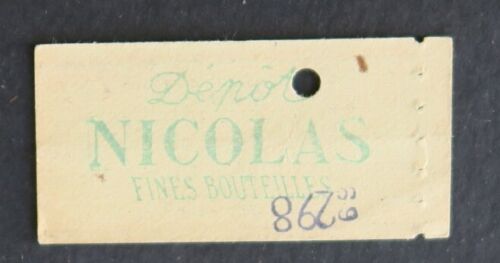
The ticket and the war
On the eve of the Second World War, the Paris metro network had 14 lines and 160 kilometers of track. Four stations have never been reopened since 1939: Arsenal (line 5), Champ-de-Mars (line 8), Croix-Rouge (line 10) and Saint-Martin (lines 8 & 9). A ticket that had its dark days, since Jews were prohibited from buying a first class ticket and had to get into the last car. It was then called “the Synagogue”. A few years later, with the Liberation and the arrival of the Allies in the capital, a special ticket for soldiers will be printed.
Modernity
In 1946 a record was reached with 1.5 billion travelers! The administration made the decision to eliminate classes, probably to save space in overcrowded trains. But reinstated them two years later. A “special” rate will also be tried for Sundays and public holidays. Quickly abandoned…
From 4 francs in 1946, the 2nd class ticket was 15 francs in 1951, a year after the creation of… the RATP! The definitive elimination of classes will take place in 1991 for the metro, and 1999 for the RER.
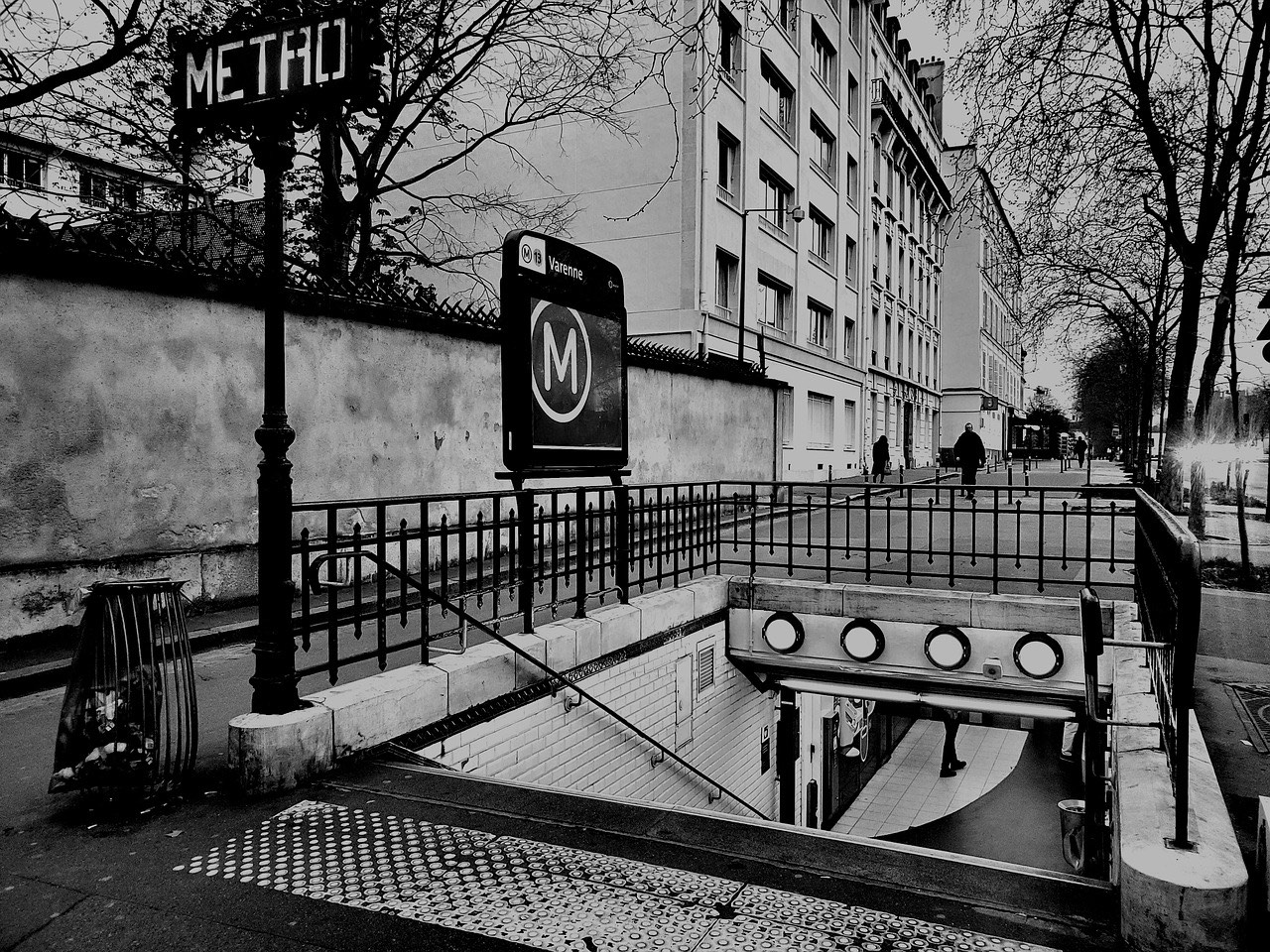
In 2003, the single t ticket succeeded the multiple tickets issued by different carriers. It allows you to take the metro, but also the bus and the RER in the Parisian part. Its price is 1 euro. Then different tickets will improve connections, while subscription packages and mobile applications have today revolutionized the use of the object, and our relationship to it.
If he were to disappear, he will in any case be part of history forever.

